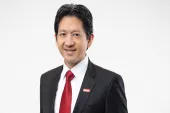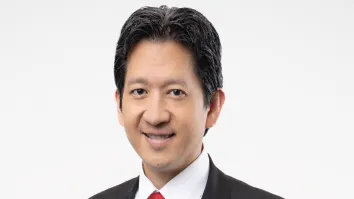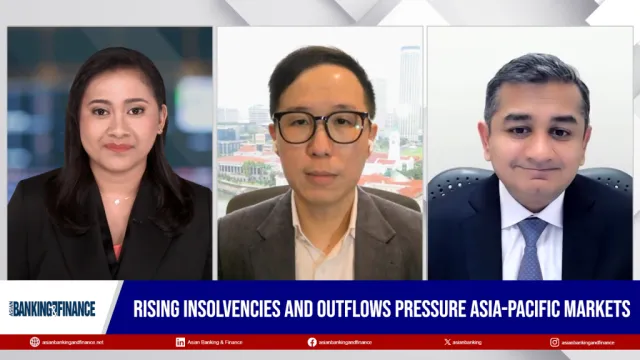
How Citi’s hiring spree sets into motion its $150b new AUM goal by 2025
The bank looks to hire 1,500 new employees in Singapore alone and triple AUM.
Who sets bold goals of hiring new staff equal to almost 20% of your current headcount, and tripling the client assets you handle, all in just a span of three years? Citigroup, that’s who. The bank’s Singapore arm alone plans to hire 1,500 bankers and more than double the number of its wealth clients by 2025.
“Singapore is one of four global Wealth Management Hubs for Citi where we anticipate attractive growth and high returns,” Ashmita Acharya, Citibank Singapore Retail Banking Head, told Asian Banking & Finance in an exclusive interview.
From 2020 to 2021 alone, the bank saw a 25% growth in its headcount for Citigold and Citigold Private Client Relationship Managers.
“We are targeting to grow further in those segments this year, going broader in our talent selection and proactively including non-traditional profiles as part of our workforce expansion strategy,” Acharya added.
This is part of Citi’s broader goal for Asia-Pacific: an additional $150b in AUM by 2025 with 2,300 additional hires to support the ongoing growth of Citi’s wealth business in the region.
Already, its efforts are bearing fruit, according to data shared by Acharya.
“We saw a significant 81% year-on-year Citigold and Citigold Private Client new-to-bank acquisition, given the focused strategy to accelerate client growth as part of the bank’s Win in Wealth strategy,” Acharya said.
Citi’s investment AUM also increased by 14% with investment client penetration increasing by 15% year-on-year from 2020.
Outside of talent hiring, the bank is also investing in its current employees as well as infrastructure to better support its wealth proposition. For instance, Citi opened its largest wealth advisory hub globally at 268 Orchard Road in Dec 2020 as well as bolstered marketing efforts in 2021 in order to attract more wealth customers.
For its relationship managers (RM), Acharya said that they provide an onboarding training program to equip them with critical knowledge and skills on Citi’s products, processes, and policies.
Notably, the bank has collaborated with the Wharton School of the University of Pennsylvania USA to provide training to its RMs through curated wealth management training programs–available online, remote/virtual, or on-campus.
Other customised experiential training interventions led to 16 different workshops, 331 sessions and 1,085 training hours for over 230 employees, Acharya said.
Building the right digital platform, naturally, is also another key factor in Citi’s enhancement of its wealth management services. Just last year, the bank announced that it was creating Citi Global Wealth. Intended to be a single, integrated platform serving clients across the wealth continuum, from the affluent segment to ultra-high net worth clients, Citi Global Wealth will reportedly allow our retail clients to access more products, research, and content, and leverage the wealth continuum.
All this builds up to Citi’s ultimate proposition: a wealth management ecosystem that is customer-centric, with mobile engagement and client obsession as the two main thrusts that powers this banking experience.
“At Citibank, we work to transform banking by building an ecosystem of strong digital tools such as our Total Wealth Advisor paired with insightful face-to-face wealth advisory that resonates with clients,” Acharya said, adding that on their wealth management platform, they aim to understand clients’ needs and finding the right portfolio solutions for them before entrusting them to the right advisor.
“We assign them a team of experts, Wharton-trained wealth advisors, led by an experienced Relationship Manager, who can provide clients with more comprehensive advice on their portfolio, FX rates, fixed-income investments, and insurance,” she explained.
“Mobile engagement and client obsession are our bank’s two main thrusts in powering a client-centric experience. This is reflected in the initiation of more proactive digitally-led client engagement for wealth management this year.
When asked regarding ongoing volatilities to global markets following discord in Europe and the persisting pandemic, Acharya noted that protection and growth are key to current-day–and future–wealth management services.
“It is human nature to want to pursue wealth augmentation while downplaying the risk of future financial erosion or loss. That is why securing and increasing the value of one’s investments must go hand-in-hand,” Acharya said.
Acharya considers both aspects as critical components of financial planning. “In other words, when it comes to managing one’s wealth, protection and growth should be viewed together,” she said.


















 Advertise
Advertise








